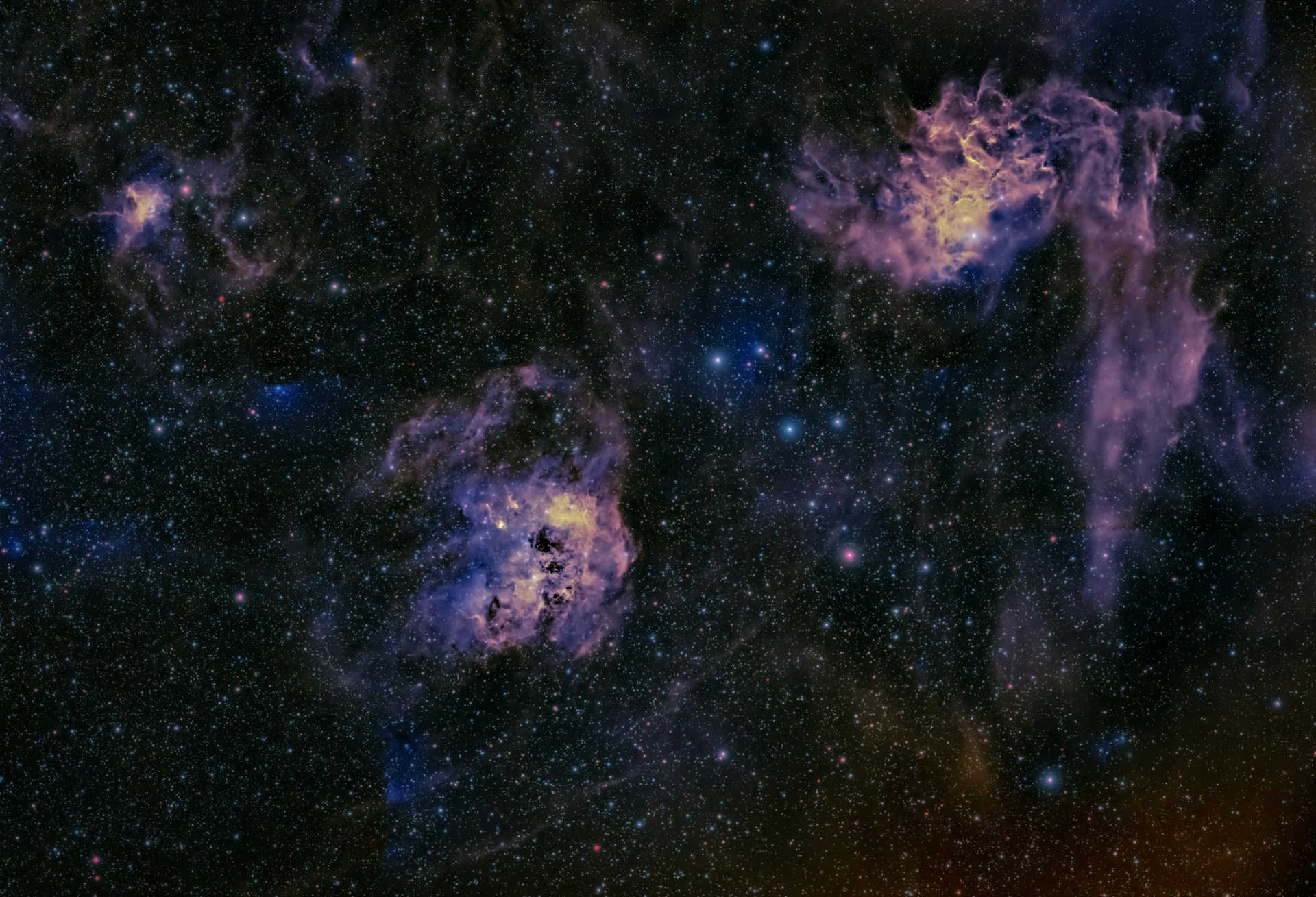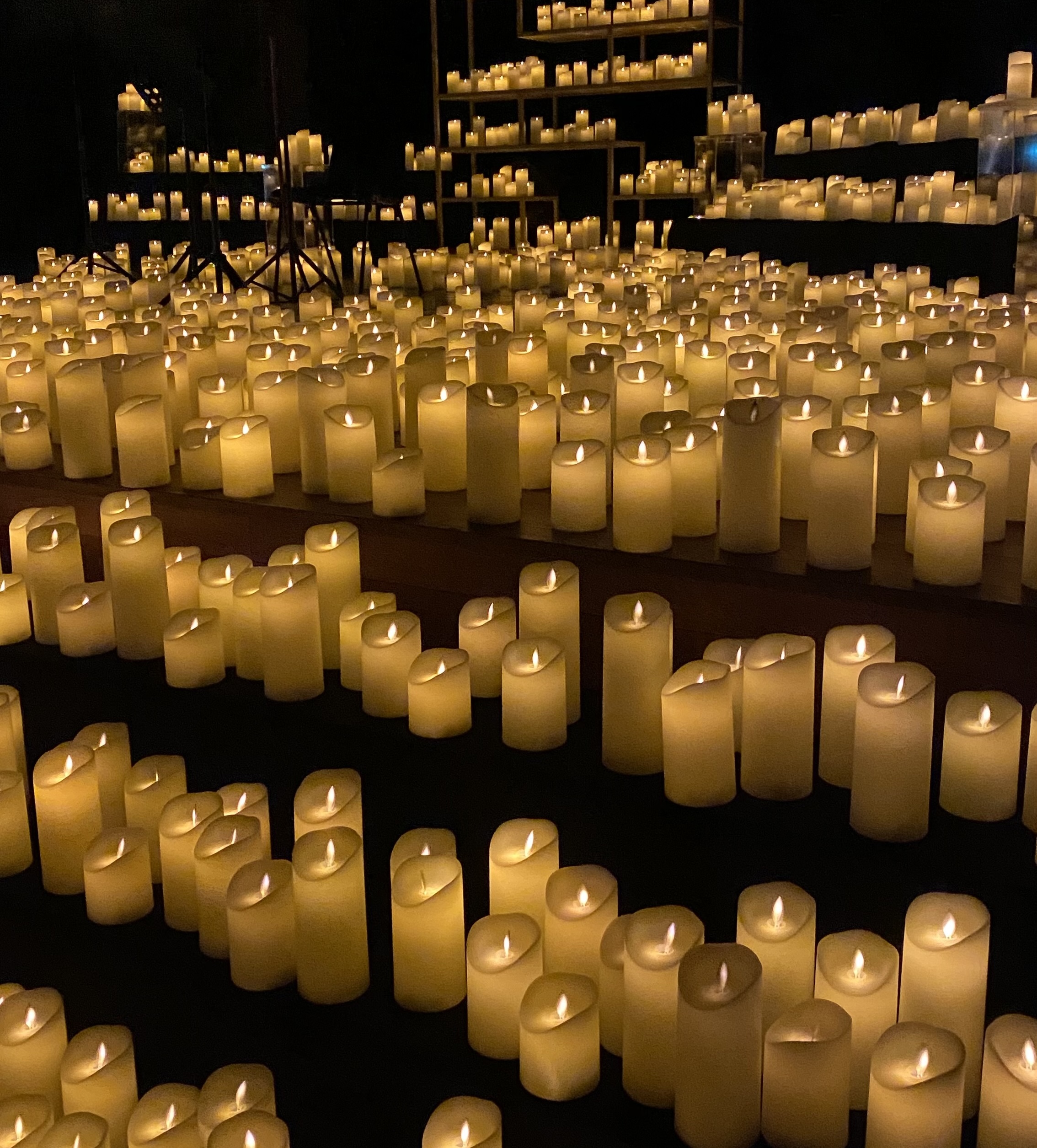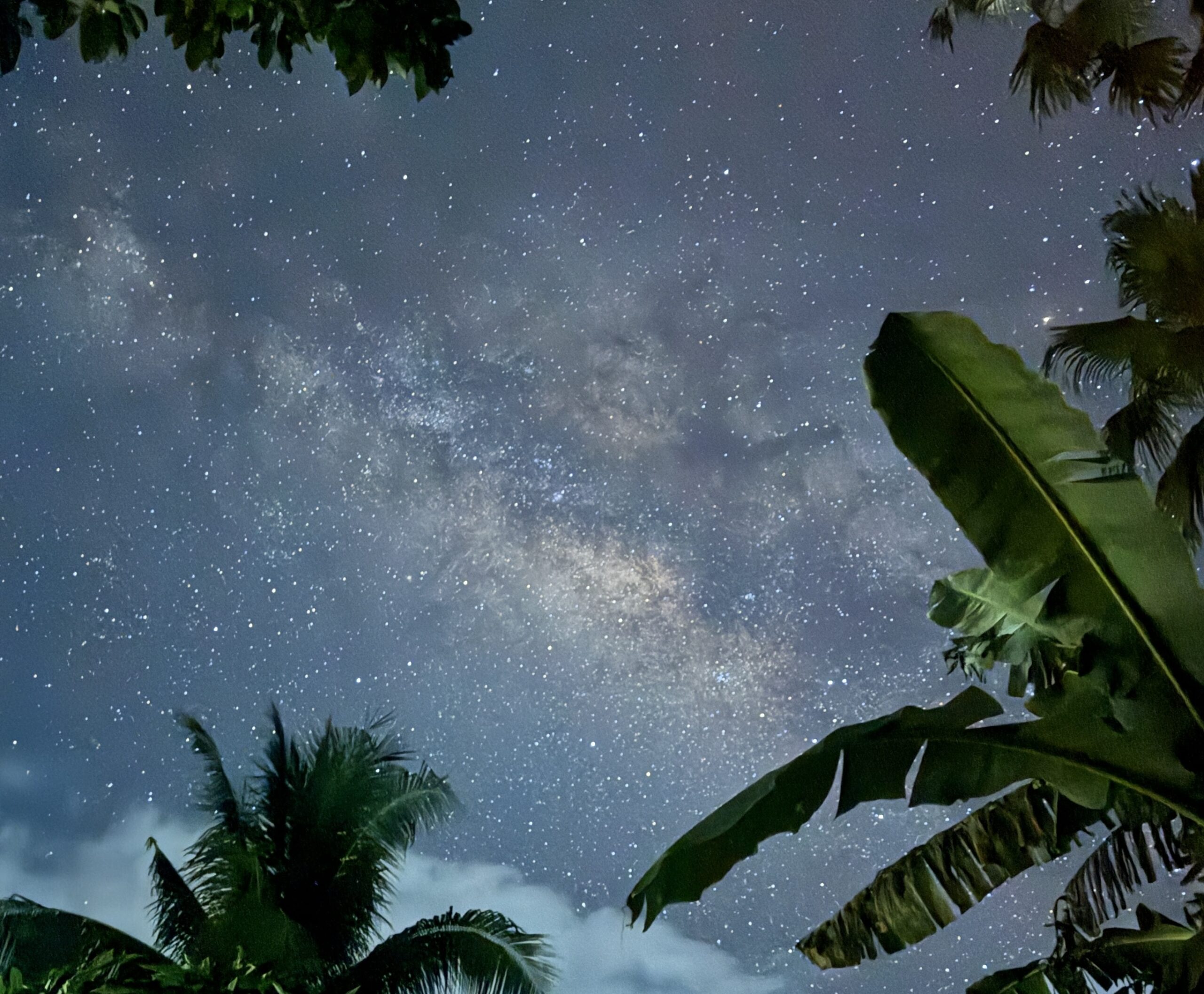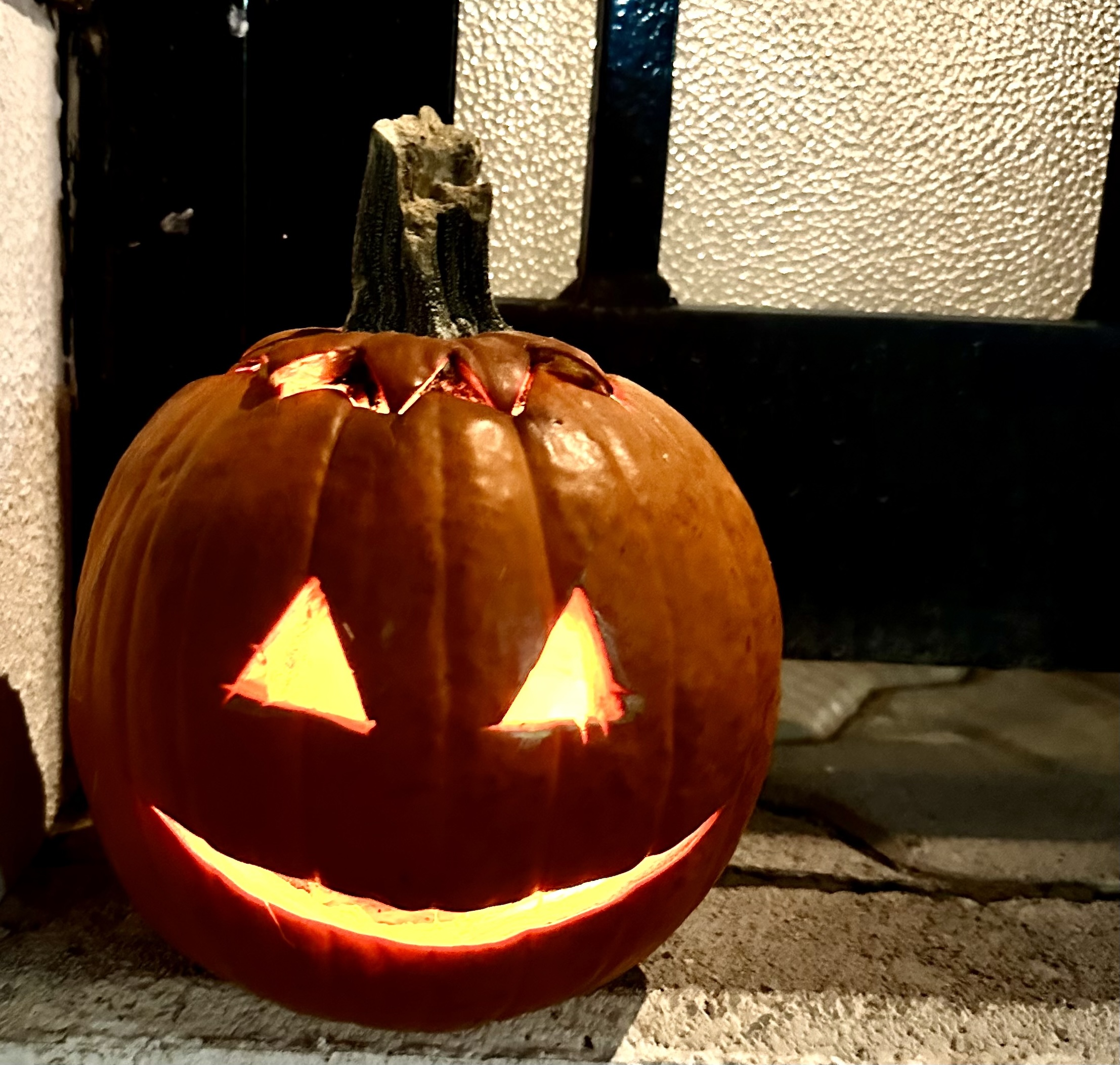Have you ever wondered why each full moon has a unique name? Every month, the full moon shines down on us with a distinct identity rooted in ancient traditions and cultural significance. In this post, we’ll explore each month’s full moon name, its origin, and the fascinating folklore associated with it.
January: Wolf Moon
January’s full moon is known as the Wolf Moon, and it’s easy to see why. Picture this: It’s the dead of winter, and the nights are long and cold. Wolves are often heard howling in hunger outside villages. This eerie sound led Native American tribes, as well as early European settlers, to name the first full moon of the year after these resilient and haunting creatures.
The Wolf Moon isn’t just about the howls, though. It symbolizes a time of introspection and renewal. As you snuggle up in your warm home, it’s a great moment to reflect on your own inner strength and resilience, much like the wolves enduring the harsh winter.
February: Snow Moon
February brings us the Snow Moon, named for the heavy snowfall that typically blankets the ground during this month. It’s a fitting name, especially if you’ve ever had to shovel your driveway in knee-deep snow. Native American tribes called it the Snow Moon to mark the time of year when the heaviest snows fell, making hunting difficult.
The Snow Moon is also a reminder of the beauty and quietude that winter can bring. Despite the cold, there’s something serene about a landscape covered in fresh snow. It’s a perfect time to enjoy winter sports, or simply appreciate the silence and calm that comes with this frozen season.
March: Worm Moon
March’s full moon, the Worm Moon, might sound a bit unappetizing, but there’s a good reason for it. As the temperatures begin to rise and the ground thaws, earthworms start to appear, signaling the arrival of spring. Native Americans noticed this early sign of spring and aptly named the full moon after these little creatures.
The Worm Moon is all about rebirth and renewal. It’s a sign that warmer days are ahead and that the earth is coming back to life. It’s a great time to start thinking about your garden, planting seeds, and preparing for the blossoming season. The earthworms may be small, but they play a crucial role in rejuvenating the soil, much like how this period can rejuvenate your spirit.
April: Pink Moon
April showers bring May flowers, and the Pink Moon marks this transition beautifully. Named after the early-blooming pink wildflowers known as phlox, this moon isn’t actually pink, but it heralds the vibrant colors of spring. These flowers are among the first to bloom, painting the landscape in lovely hues and signifying the end of the cold months.
The Pink Moon is a celebration of new beginnings and the beauty of nature waking up. It’s a wonderful time to enjoy the outdoors, go for a hike, or simply admire the blooming flowers in your garden or local park. The world is coming alive again, and the Pink Moon invites you to be a part of that renewal.
May: Flower Moon
By May, flowers are in full bloom, earning the month’s full moon the name Flower Moon. This name reflects the abundance of blooming flora, making the world a more colorful and fragrant place. Native Americans named it so to capture the essence of this vibrant time of year.
The Flower Moon is a perfect opportunity to immerse yourself in nature’s beauty. Whether you’re tending to your garden, visiting a botanical garden, or simply enjoying the sight and scent of flowers, this is the time to appreciate the natural splendor all around you. It’s also a great reminder to stop and smell the roses—literally and metaphorically.
June: Strawberry Moon
June’s full moon is called the Strawberry Moon, named after the time of year when strawberries are ripe for picking. This delightful name comes from Algonquin tribes, who saw it as a signal to start gathering the delicious red berries. It’s a sweet reminder of the bounty of early summer.
The Strawberry Moon invites you to indulge in the simple pleasures of life. Whether it’s picking strawberries at a local farm, enjoying a strawberry shortcake, or just basking in the early summer sun, this moon is all about savoring the moment. It’s also a great time to start thinking about summer plans and enjoying the outdoors.
July: Buck Moon
July’s full moon is known as the Buck Moon, named for the time of year when new antlers begin to grow on bucks (male deer). This natural phenomenon is a sign of maturity and growth, as the bucks prepare for the mating season.
The Buck Moon encourages you to think about your own personal growth and milestones. Just as the bucks grow new antlers, you might consider setting new goals or reflecting on how far you’ve come this year. It’s a time to embrace change and look forward to the future, with all its possibilities.
August: Sturgeon Moon
The full moon in August is called the Sturgeon Moon, named after the large fish that were abundant in the Great Lakes and other major bodies of water during this month. Native American tribes like the Algonquin would take this time to catch sturgeon and other fish, ensuring a plentiful food supply.
The Sturgeon Moon is a time to appreciate the abundance in your life. Whether it’s enjoying a summer barbecue, going fishing, or simply spending time near water, this moon encourages you to savor the richness of the season. It’s also a great reminder of the importance of nature and the resources it provides.
September: Corn Moon or Harvest Moon
September’s full moon has two names: the Corn Moon and the Harvest Moon. The Corn Moon is named for the time of year when corn is ready to be harvested, while the Harvest Moon is the full moon closest to the autumnal equinox, giving farmers extra light to bring in their crops.
The Corn Moon is a celebration of hard work and the rewards it brings. It’s a time to enjoy the fruits of your labor, whether you’re harvesting your garden or simply enjoying the bounty of the season at your local farmers’ market. The Harvest Moon, on the other hand, is a time to reflect on the balance between light and dark, as the days grow shorter and the nights longer.
October: Hunter’s Moon
October’s full moon, the Hunter’s Moon, is named for the time when Native American tribes and early settlers would hunt and stockpile food for the winter. After the harvest, animals would come out to glean the fields, making it an ideal time for hunting. The bright moonlight provided extra hours to hunt, ensuring a plentiful supply of meat for the colder months ahead.
The Hunter’s Moon isn’t just about the practicalities of hunting, though. It also symbolizes preparation and foresight. As you enjoy the crisp autumn air and the beautiful fall foliage, take a moment to think about your own preparations. What can you do now to make your life easier and more comfortable in the coming months? Maybe it’s time to tackle that home improvement project or start planning for the holidays. The Hunter’s Moon is all about getting ready and making the most of the resources at hand.
November: Beaver Moon
November brings us the Beaver Moon, named for the time when beavers are particularly busy preparing for winter. This is when they build their dams and lodges, ensuring they have a safe and secure place to weather the cold. Native American tribes named this moon as a signal to set beaver traps before the swamps froze, ensuring a supply of warm furs for the winter.
The Beaver Moon is a great reminder to get your own house in order. As the days get shorter and the temperatures drop, it’s the perfect time to focus on home improvement projects, winterize your house, and make sure everything is in tip-top shape for the colder months ahead. Think of it as your annual nudge to be as industrious as our furry friends.
December: Cold Moon
Finally, we come to December’s full moon, aptly named the Cold Moon. This name reflects the long, cold nights that characterize this month. It’s a time when the chill in the air is unmistakable, and the world seems to settle into a deep, quiet slumber. For many cultures, the Cold Moon symbolizes endurance and the hope of warmer days to come.
The Cold Moon is a time for reflection and relaxation. As you cozy up by the fire with a hot drink, take a moment to think about the past year and what you’ve accomplished. It’s also a great time to set intentions for the coming year. The Cold Moon reminds us to slow down, appreciate the quiet moments, and find warmth and comfort in our homes and hearts.
Special Occasions and Unique Full Moons
While each month’s full moon has its own unique charm, there are a few special occasions that bring even more magic to our lunar calendar. These unique full moons add an extra layer of wonder to our night sky.
Blue Moon
A Blue Moon is a rare phenomenon that occurs when there are two full moons in a single calendar month. The phrase “once in a blue moon” comes from this event, highlighting its rarity. Despite the name, the moon doesn’t actually turn blue, but it’s still a special occasion that captivates sky watchers.
The Blue Moon is a perfect excuse to celebrate and do something out of the ordinary. It’s a reminder that rare events do happen, and they’re worth acknowledging. So, whether you throw a moon-themed party or just take a moment to appreciate the rarity of the event, make the most of this special occasion.
Supermoon
A Supermoon happens when the full moon coincides with the moon’s closest approach to Earth in its orbit. This makes the moon appear larger and brighter than usual. It’s a stunning sight that can make even the most casual observer stop and marvel at the night sky.
The Supermoon is a reminder of the wonders of our natural world. It’s a great time to get outside and enjoy some moonlit activities, whether that’s a late-night hike, a romantic walk, or just stargazing with friends and family. The Supermoon encourages us to look up and appreciate the beauty of the universe.
Blood Moon
A Blood Moon occurs during a total lunar eclipse when the Earth’s shadow causes the moon to take on a reddish hue. This eerie and beautiful phenomenon has been the source of many myths and legends throughout history.
The Blood Moon is a dramatic and awe-inspiring event that can make you feel connected to the cosmos. It’s a perfect time to learn more about lunar eclipses, host a viewing party, or simply enjoy the spectacle. The Blood Moon serves as a reminder of the mysteries and wonders of the universe.
Each full moon name carries a story of the natural world and our connection to it. These names, steeped in history and tradition, offer a unique way to connect with the changing seasons and the rhythms of nature. So, next time you gaze up at the full moon, remember the story it carries and the beauty it represents.
















